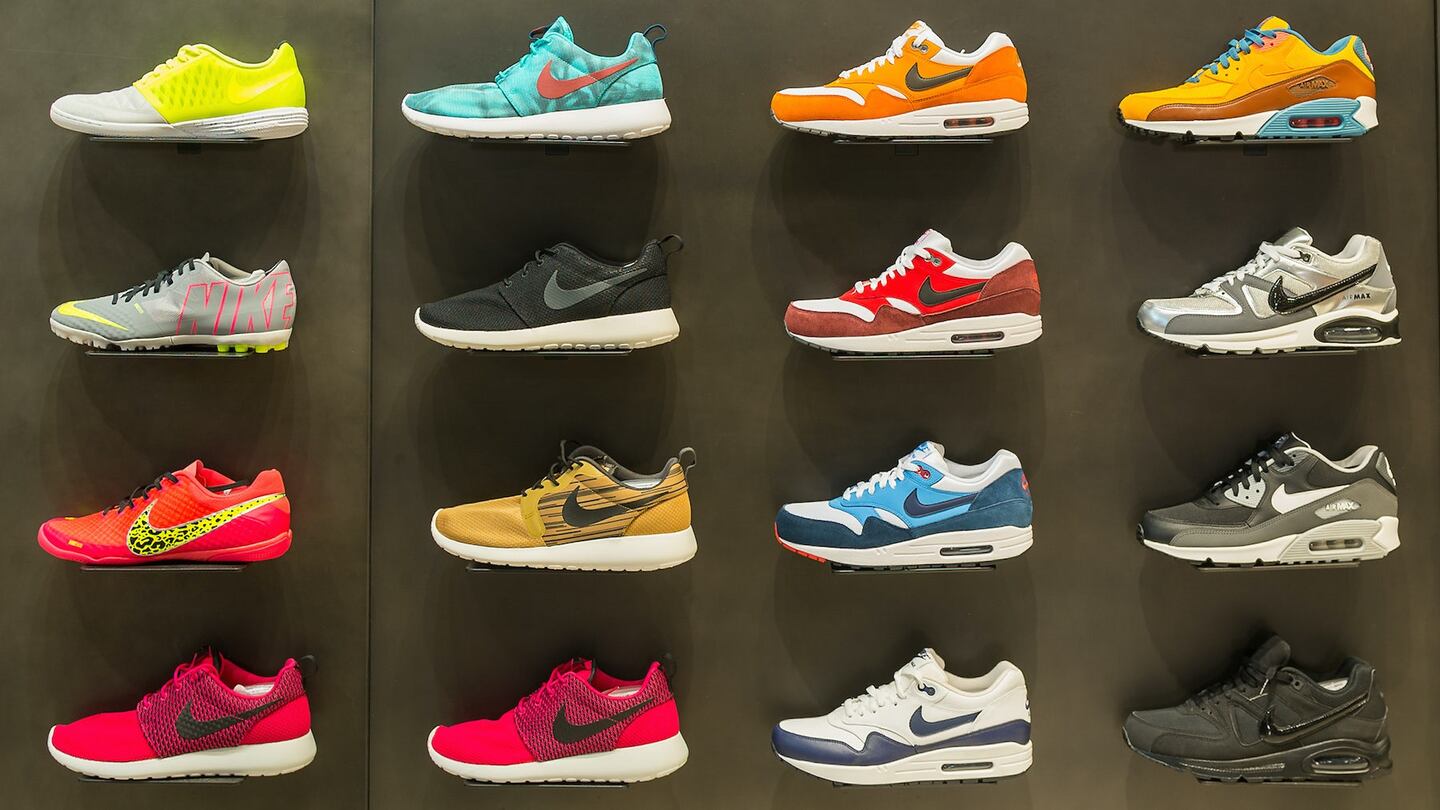
The Business of Fashion
Agenda-setting intelligence, analysis and advice for the global fashion community.

Agenda-setting intelligence, analysis and advice for the global fashion community.

On Thursday, two of Nike’s suppliers in Vietnam — Chang Shin Vietnam Co. Ltd. and Pou Chen Corp. — halted manufacturing because of a worsening Covid-19 outbreak. The crisis could create lasting supply chain disruptions for the sportswear giant according to an S&P Global report based on Panjiva data. The report stated 49 percent of US seaborne Nike imports came from Vietnam in the second quarter of 2021. Footwear accounts for most of Nike’s shipments from Vietnam: 82 percent of shipments from the country included footwear in the 12 months before June 30, said the report.
Further Reading: The Risky Business of Emerging Manufacturing Hubs
The pandemic is not the only cause of disruption to global supply chains. From Myanmar to Ethiopia, civil unrest and political conflict are impacting suppliers used by brands like H&M and Benetton.
The British musician will collaborate with the Swiss brand on a collection of training apparel, and will serve as the face of their first collection to be released in August.
Designer brands including Gucci and Anya Hindmarch have been left millions of pounds out of pocket and some customers will not get refunds after the online fashion site collapsed owing more than £210m last month.
Antitrust enforcers said Tapestry’s acquisition of Capri would raise prices on handbags and accessories in the affordable luxury sector, harming consumers.
As a push to maximise sales of its popular Samba model starts to weigh on its desirability, the German sportswear giant is betting on other retro sneaker styles to tap surging demand for the 1980s ‘Terrace’ look. But fashion cycles come and go, cautions Andrea Felsted.